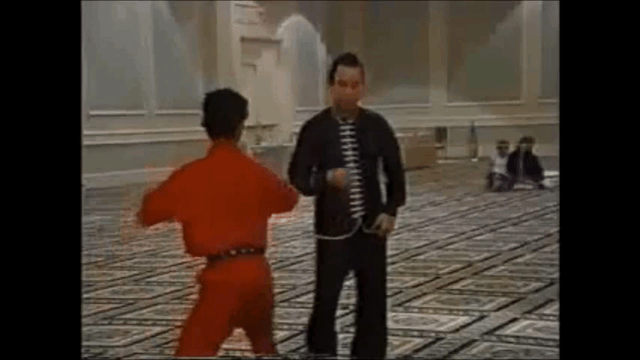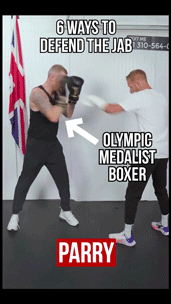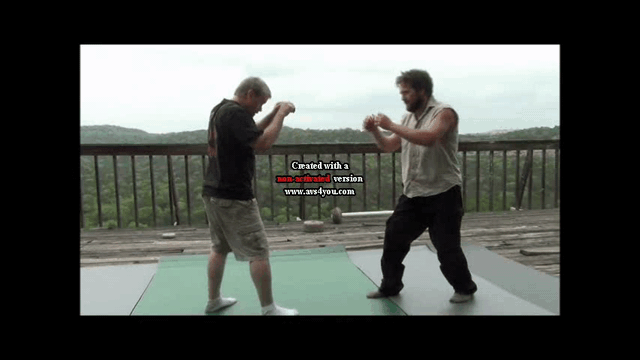marvin8 already posted this video upthread showing boxing clinching methods in action ...
I'll add this one, which teaches some fundamentals of boxing clinching methods.
(This is just an introduction, the boxing clinch game goes much deeper than this.)
Fundamentally, your premise is flawed. The boxing strategy is not just to move away from a punch. Boxing strategy encompasses all of the following:
Moving away from the punch and the opponent.
Slipping the punch while moving towards the opponent.
Parrying the punch.
Blocking the punch.
Smothering the punch.
Interrupting the punch with your own punch.
Hitting the opponent first and then moving out of the way of any return punches.
Hitting the opponent first and then clinching so that the opponent can't hit back.
Tying up the opponent's hands with a long guard so that he can't punch effectively
Controlling the opponent's head with a long guard so that you can redirect the opponent when he tries to attack.
Evading the opponent's punch while simultaneously landing your own.
Evading your opponent's punch so that you end up behind him and can hit him as he turns to face you.
Evading your opponent's punch so that you end up behind him with waist control so you can spin him around in a direction of your choosing.
Crashing in close, body to body, shoulder to chest, head to shoulder so you can press your opponent against the ropes where he can't escape while you ;and close range punches.
... and more.




